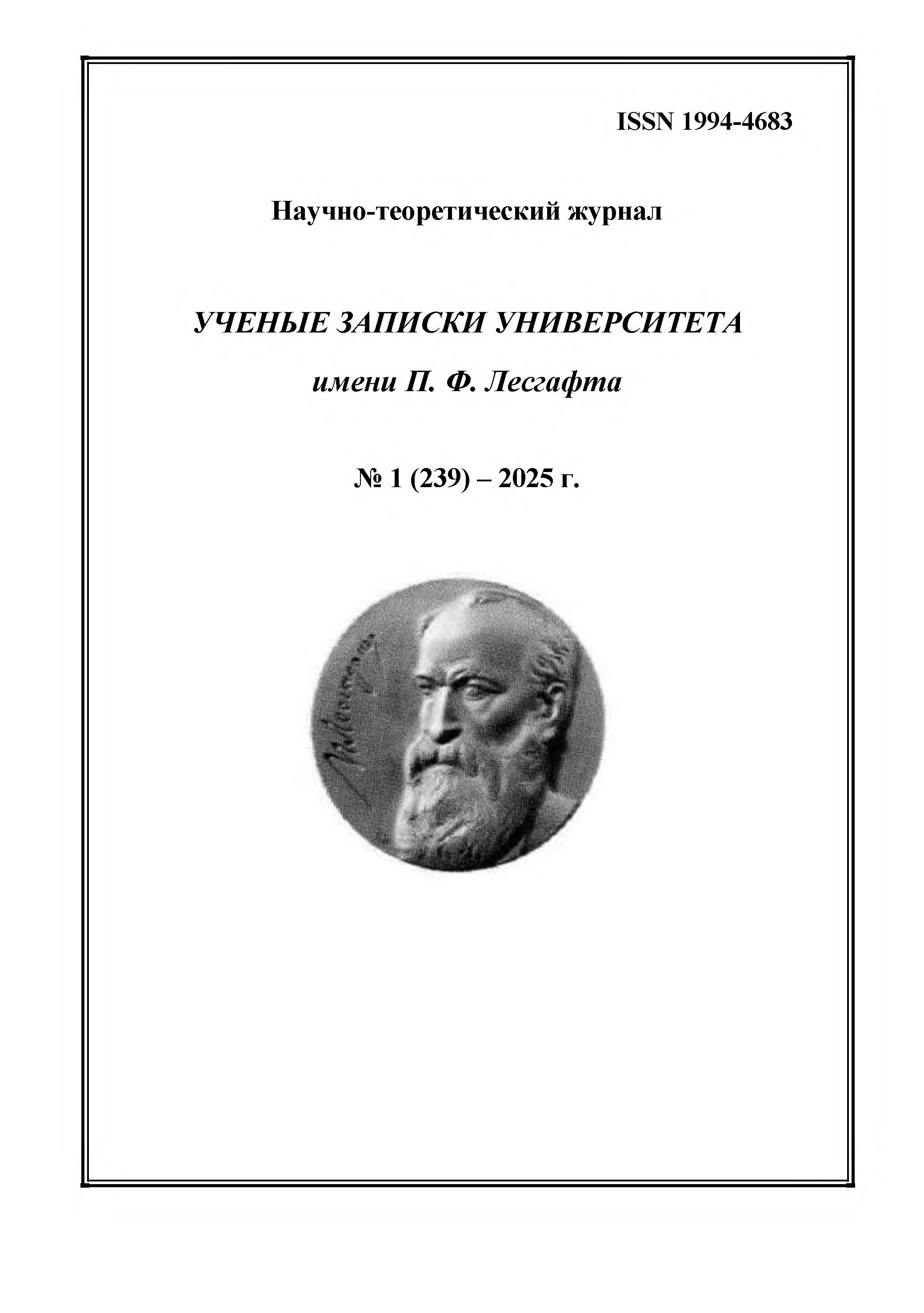Russian Federation
employee from 01.01.2025 until now
Sankt-Peterburg, Russian Federation
CSCSTI 77.01
The system of additional professional education (APE) in the field of physical culture and sports is currently undergoing active transformation, driven both by external challenges and widespread changes in the regulatory framework. The analytical materials presented in the article reveal the features of the formation of the current model of additional education in Russia, taking into account the specifics of specialized higher education institutions and other organizations engaged in additional education activities. The local geography of participants in professional development and retraining programs has been revealed, and trends in the thematic distribution of professional development programs in specialized higher education institutions have been partially determined in accordance with the number of participants as of the end of 2024. The purpose of the study is to identify and characterize key educational trends, the challenges of implementing educational services, and the prospects for their development within the system of additional professional education for specialists in the field of physical culture and sports in the Russian Federation. Research methods: analysis of scientific, methodological, and specialized literature, contemporary supplementary education programs, regulatory documents, as well as labor market data and the demands of the professional community; methods of systemic and comparative analysis. Research results and conclusions. Shifts in educational trends toward practice-oriented approaches and modularity have been identified. A significant portion of programs delivered in digital format has been noted, which increases the accessibility of professional development programs, but at the same time reduces in-person interaction with the bearer of professional knowledge. A significant growth in competition in the market for additional educational services has been observed, with other organizations (autonomous non-profit organizations, limited liability companies, etc.) becoming active participants, and in some cases, individual training centers are being established at existing fitness centers, sports associations, or manufacturers of various sports equipment. According to the authors, the further prospective development of the additional professional education system in the field of physical culture and sports is associated with enhancing the level of integration between specialized educational organizations, professional communities, and employers. Promising trajectories based on the formation of digital competencies have been identified. A pressing need has been noted to analyze the current state of additional professional education in order to determine the directions for its further development.
physical culture and sports, additional professional education, digitalization, educational trends
1. Government of the Russian Federation (2023), “On approval of the strategy for the development of physical culture and sports in the Russian Federation for the period up to 2030”, Order of April 29, 2023 No. 1118-r, URL: https://docs.cntd.ru/document/566430492.
2. Shchennikova M. Y., Vishnyakova Y. Y., Ovsyuk T. M., Shchennikov A. N. (2024), “Personnel orientation of regions in expanding the range of positions in the field of physical education and sports”, Innovative technologies in sports and physical education of the younger generation, Collection of articles based on the materials of the 1st international (14th with international participation) scientific and practical conference, Moscow, pp. 119–123.
3. Shchennikova M. Y., Kletsov K. G., Shchennikov A. N. (2023), “Organizational and methodological conditions for the implementation of training of specialists in physical education and sports within the framework of the Federal project”, Scientific notes of P.F. Lesgaft University, No. 8 (222), pp. 393–402.







